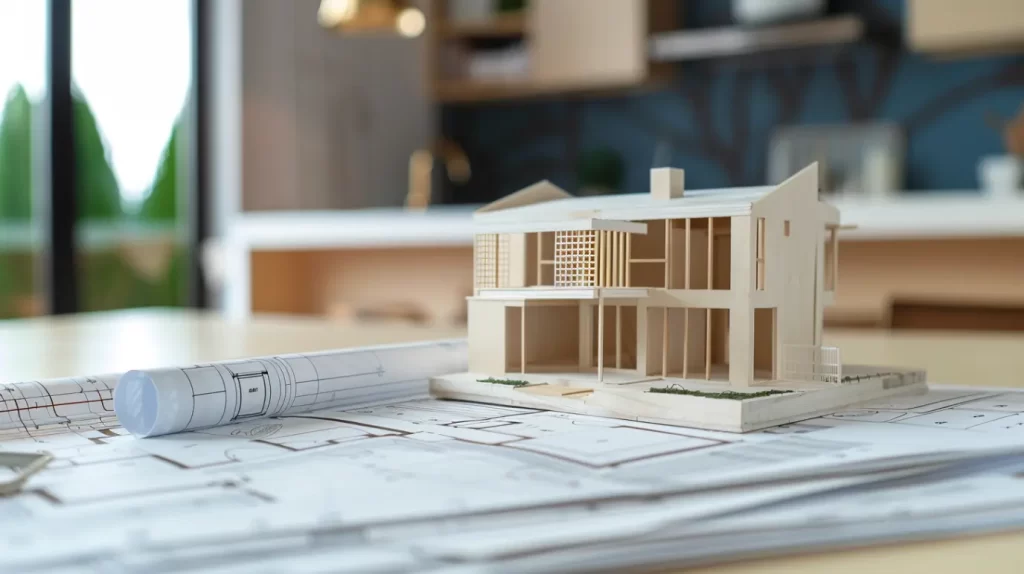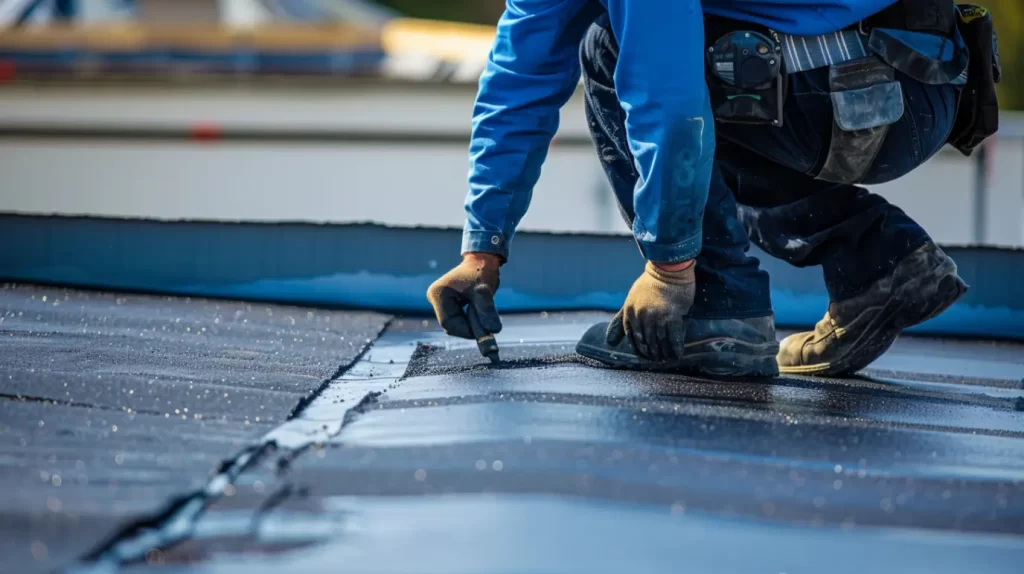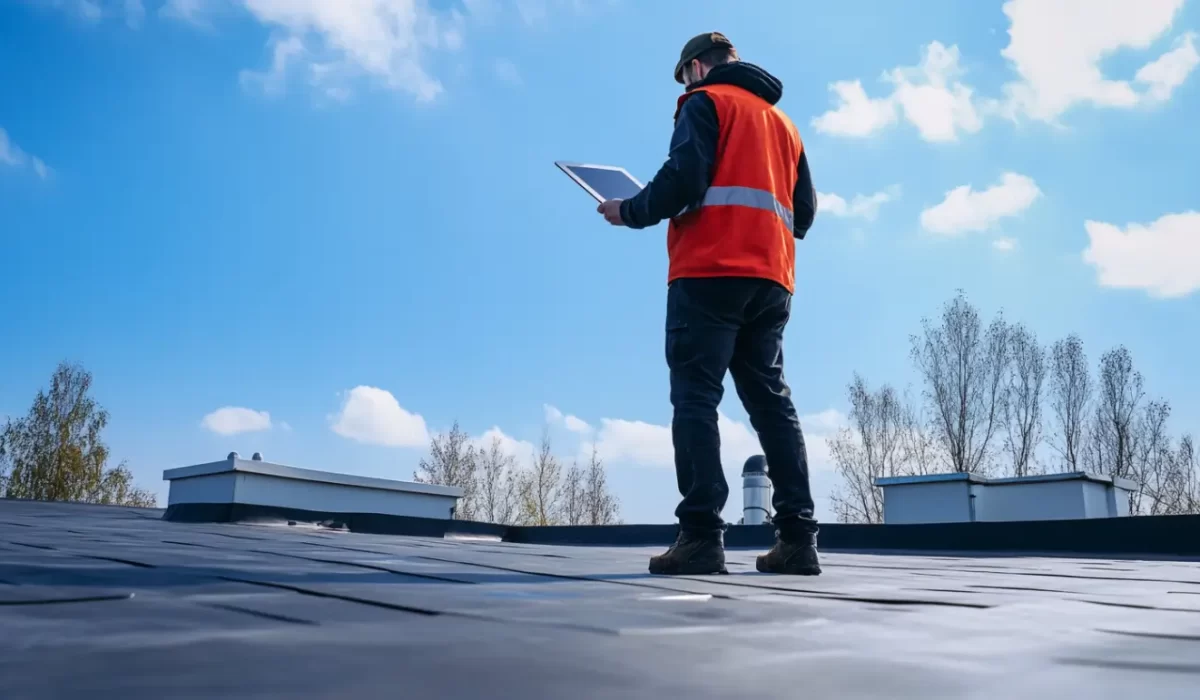Effective roof inspection protocols enhance the longevity and performance of your commercial roofing system. A clear plan allows for early detection and repair of issues like leaks or membrane damage, maintaining the roof’s integrity. A solid maintenance strategy extends the roof’s lifespan and preserves property value. Clearly defined roles and regular inspections ensure proactive care, preventing larger problems. Fontaine Roofing in Anaheim, CA, can help you establish these critical protocols to keep your roofing system efficient over time.
Roof Inspection Protocol Essentials
A solid roof inspection plan hinges on a few key factors. Establishing a regular inspection schedule is crucial for identifying issues early, which is essential for proactive maintenance.
Clearly defining the roles of facility managers and roofing contractors facilitates smoother communication and enhances accountability.
Together, these elements contribute to a robust documentation plan. Effective documentation not only maintains roof integrity but also aids in insurance claims, ensuring the roof remains functional for years to come.
Contact Us
Setting Roof Inspection Schedules
Regularly checking your roofing system is vital for its longevity. Schedule inspections before and after severe weather to identify leaks or membrane breaks early. The frequency of checks may vary based on climate, building age, and warranties. Tailoring your maintenance plan to your building’s needs helps prevent costly repairs by addressing issues proactively, ensuring your roof remains in good condition throughout the year.
Defining Inspection Roles and Responsibilities
Clear roles for inspections enhance roof maintenance. Facility managers must assign tasks to ensure proper documentation and reporting. Effective communication between building owners and commercial roofing contractors fosters better collaboration during inspections. Each team member should understand their responsibilities, whether for routine checks or emergency repairs after severe weather. This clarity promotes proactive maintenance, extending the roof’s lifespan.

Commercial Roof Inspection Guide
A good checklist is essential for roof inspections. Check both the exterior and interior of the roof, starting with the roofing system’s condition. Look for issues around flashings and drainage systems to prevent moisture entry. Identify membrane damage and signs of improper water drainage, like ponding. Ensure there’s a proper slope for effective drainage. Document your findings for proactive maintenance and to support warranty claims or insurance issues.
Exterior and Interior Structural Assessment
Regularly inspecting both the exterior and interior of your roofing system is crucial for its strength. Look for weak spots like damaged insulation, broken flashings, and drainage issues. Early detection of leaks ensures compliance with building regulations. Checking load-bearing areas, such as HVAC units and vents, promotes proactive maintenance, extending the roof’s lifespan and protecting it from severe weather.
Flashings, Penetrations, and Drainage System Evaluation
Regularly checking flashings, penetrations, and drainage systems is crucial for maintaining a commercial roof. Flashings often prevent leaks, so inspect them closely for damage. Ensure penetrations, like vents and HVAC units, are well-sealed to keep water out. Effective drainage is essential to prevent water pooling, which can shorten the roof’s lifespan. Consistent inspections support a solid maintenance plan and ensure all components function properly.

Flat Commercial Roof Issues and Fixes
Regularly inspecting flat commercial roofs is crucial for maintenance. Blisters and cracks indicate membrane damage that must be addressed promptly to prevent leaks and prolong the roof’s life. Frequent checks for ponding water are essential, as they can lead to drainage issues. Additionally, blocked drains and insufficient ventilation pose safety risks. A comprehensive plan for inspections and repairs ensures optimal roof performance and longevity.
Signs of Roof Membrane Wear and Ponding
Regular observation is crucial for detecting membrane damage and standing water, which can weaken the roofing system. Look for blisters, cracks, and worn areas that indicate weak spots. Also, monitor areas where water collects, especially after rain, as standing water can lead to leaks and further damage. Establishing routine checks will extend your roof’s lifespan and improve maintenance for your facility.
Recognizing Drainage and Safety Hazards
Properly identifying drainage and safety hazards is crucial for maintaining a robust roofing system. Implement a proactive maintenance plan by regularly inspecting gutters, drains, and downspouts for blockages that can cause water accumulation on the roof.
Additionally, check for uneven spots that may pose slip and fall risks. Keeping the area safe is vital for anyone working on the roof.
Document any issues you find. Recording these problems allows you to address them before they escalate, prolongs the roofing system’s lifespan, and strengthens warranties—maximizing your investment in roofing.

How to Work Effectively with Roofing Contractors
Building a strong relationship with roofing contractors aids in roof maintenance. Choosing certified professionals ensures adherence to industry standards. Open communication facilitates smoother work processes. Joint inspections allow you and the contractor to identify issues early. Clear reporting and tracking are crucial for insurance claims and warranty matters. By following these steps, you establish a proactive maintenance plan that extends your roof’s lifespan and prevents larger problems down the line.
Qualified and Certified Roofing Professionals
Choosing the right roofing professionals is vital for effective maintenance. Ensure contractors have proper certifications and expertise in various systems, such as GAF Master Elite or CertainTeed Shingle Masters. Assess their experience with commercial projects, preventive maintenance knowledge, and warranty options. Consider those who are Polyglass Preferred, FiberTite approved, or IB Roofing Systems Authorized Applicators. Review past job documentation, client testimonials, and verify licenses like TRI certification and memberships with CACM, CAI, and NRCA. These steps will help you evaluate reliability and ensure your roof’s safety and durability.
Coordinating Inspections and Reports
Effective collaboration with roofing contractors starts with joint inspections. When facility managers and contractors assess the roof together, they can quickly identify maintenance issues.
Post-inspection, clear documentation is vital to keep everyone informed and prevent oversight. A solid reporting plan fosters accountability and encourages proactive maintenance.
Clearly defined roles in documentation streamline communication with contractors. These practices enhance the roof’s integrity and longevity, making consistent maintenance essential for a safe, durable roofing system.
Your Next Steps
A strong roof inspection plan is important for keeping your commercial roofing in good shape. When you set up full maintenance plans and focus on proactive maintenance, you can make the life of the roof longer. This also helps you avoid paying a lot for reactive repairs. Working with skilled roofing contractors, like Fontaine Roofing in Anaheim, CA, helps the roof inspection go better. Problems like membrane damage and drainage issues get fixed fast when you work together. Good care means the roof stays strong, and the building keeps its value for many years.
Read our blog: Roof Replacement Costs: Planning for Larger Portfolios
Frequently Asked Questions
How often should facility managers schedule roof inspections?
Facility managers should conduct roofing inspections twice a year, ideally in spring and fall. Additional checks may be necessary after severe weather. Regular inspections help identify issues early, prolonging the roof’s lifespan and maintaining its condition.
What are the most common issues facility managers find during inspections?
Facility managers usually face problems like damage to the membrane, water collecting, leaks, drainage not working well, and safety risks when they check the roof. Finding these problems early helps keep the roof strong and safe. It also makes sure the building stays protected for a long time and does not get damaged.

